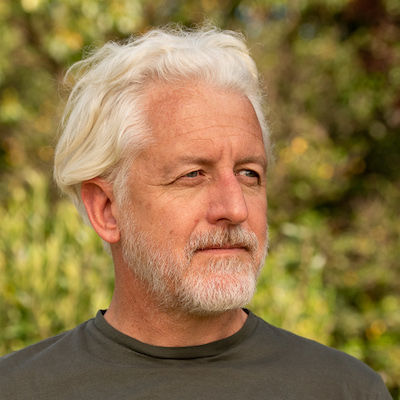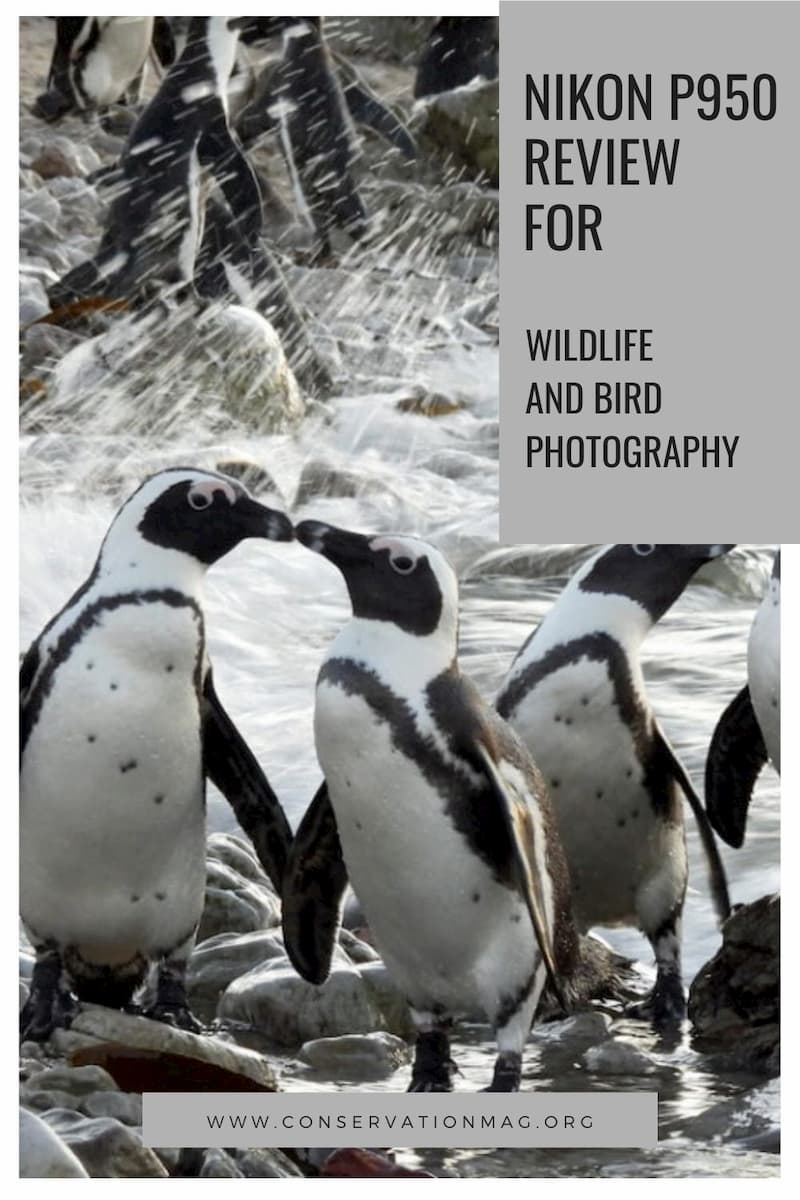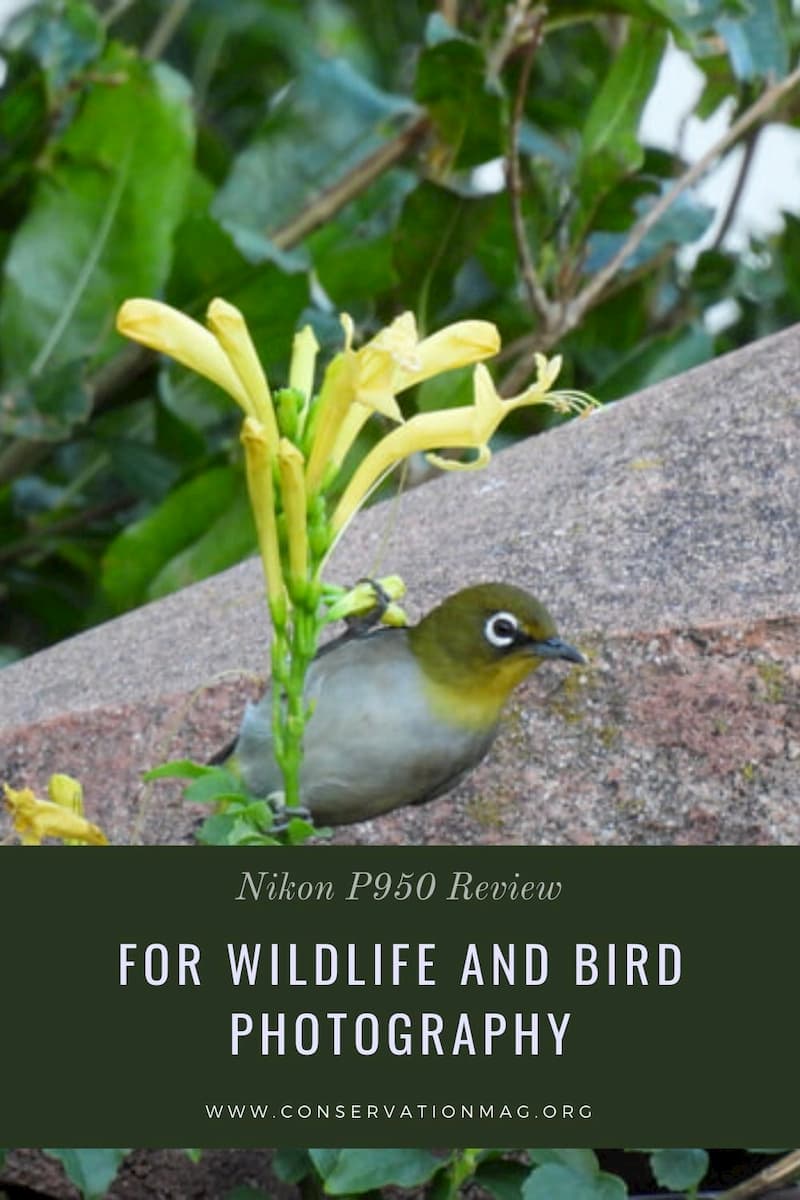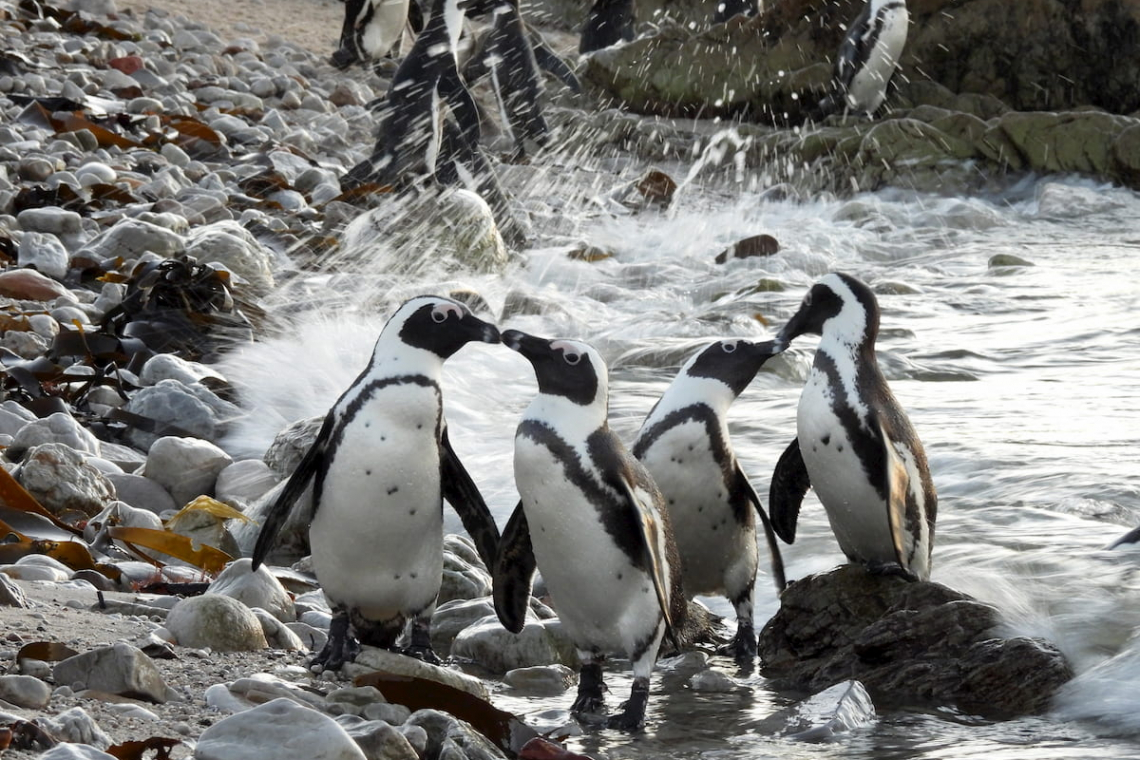Nikon's Coolpix P950 compact bridge camera provides the most fantastic 2000mm zoom and includes a selection of features that is ideal for birding and may just fit your budget.
I am a bridge camera enthusiast, especially when it comes to my outdoor adventures. Bridge cameras provide you with a form factor to easily take along on a birding hike and the ability to catch a moment without changing lenses. Nikon has addressed some of my chief complaints about the Coolpix P900 in their latest release of the Coolpix P950. Nikon stayed with the most fantastic element, the unbelievable zoom and introduced some features for the intermediate photographer.
Update December 2025: With the Nikon P1000 officially discontinued and replaced by the pricey P1100, the Nikon P950 is now the last affordable king of superzooms. Here is why I still use it for birding in 2025.
Unlock your photography potential! Have a look at this Michigan State University photography course on Coursera. Join our EarthWise Forum Photography Section to discuss your photography journey.
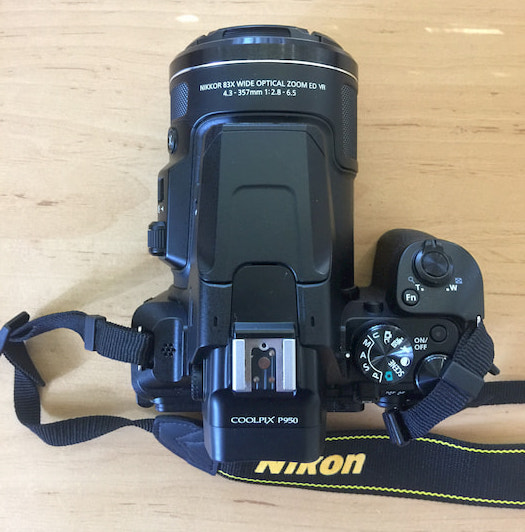
Key Considerations
The Nikon P950 has a relatively comfortable size for birding on a hike
2000mm Zoom is fantastic and will get you close to almost any subject you can see with the naked eye. Replacing a trunk full of lenses.
The camera is ideal for the serious birder and will replace your need for binoculars
The price point makes this camera a very attractive option
The new features make it more attractive for intermediate photographers
Low light performance is compromised due to the small sensor
Some of the features are buried in the Fn menu
The camera body is solid but not weather-resistant
Check Prices and Specs on Amazon
Nikon P950 Zoom
Nikon P950 first impressions
My first impression of the Nikon P950 is that the quality of the camera has improved. Looking at the bottom of the camera, the build quality seems to be more robust. My Nikon P900 broke at the tripod mount. The tripod mount ripped out of the plastic while carrying my camera on my Peak Design capture belt clip.
All images in this review are straight from the P950 (no post-production) reduced in size and quality (@ 90-98%) to optimise page load using a web image optimiser, so some of the images may appear softer than the original.
Moon iso 160 1804mm (321) f6.3 1/500

The ergonomic design of the camera has been improved especially for larger hands. The mode dial has been changed and now includes a birding setting. I have to say I do not use this feature for my birding photography as I have a unique setup. Thank goodness Nikon brought the moon setting out of the menu onto the mode dial, I use this all the time. The mode dial also now sports a movie manual setting allowing you to shoot movie clips in aperture, auto or manual mode. Nikon added a new side dial to the camera lens that can be very handy for manual focus.
Cape White Eye iso 800 2000mm (357) f6.5 1/100
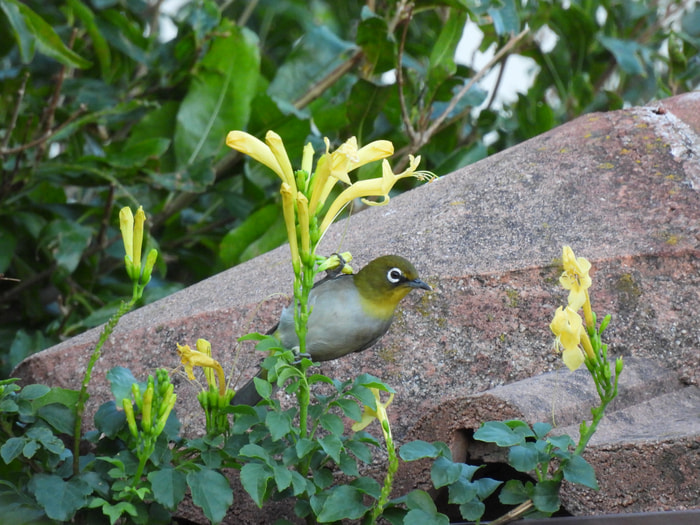
Nikon P950 and its fantastic zoom
On the technical side, the most sought after feature in the Nikon P950 is the excellent 2000 zoom. Before the release of the Nikon P1000, this was the most significant zoom available in a bridge camera. The Nikon P1000 (Replaced by P1100)with its 3000 zoom gets you closer to the wildlife, but the increase in body size rules it out for some uses. You can read my review of the Nikon P1000 here.
The zoom is achieved with a massive 5.6 crop factor (tool to understand crop factor) due to the small sensor. A small sensor may reduce the camera's low-light performance. The camera delivers 16-megapixel images. Most professional cameras already have more pixels, but 16 million is more than enough for most use cases.
The camera also has a revolutionary stabilisation system that enables you to take photos while birding at the maximum zoom level without a tripod. You will need some camera technique to stabilise your stance, but it is possible. All the photos in this review were taken handheld without a tripod, even at 2000mm zoom.
Are you thinking of improving your photography skills?
I have tried many online courses and found the Michigan State University photography course on Coursera the most comprehensive and practical, taught by true artists.
Black Oystercatcher iso 2500 2000mm (357) f6.5 1/125
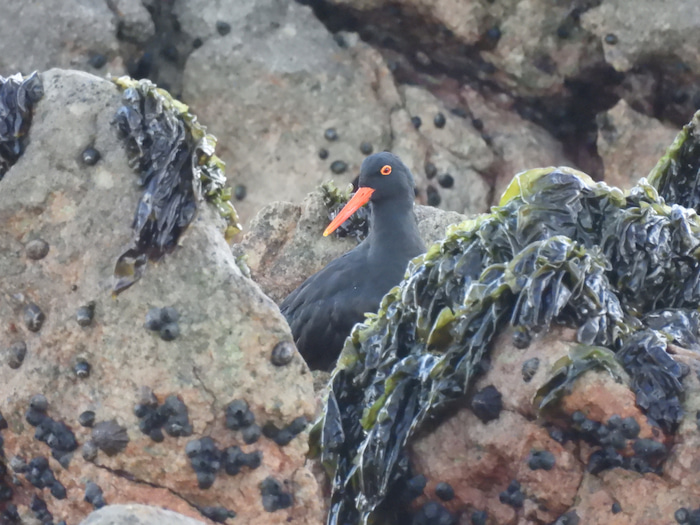
Check Prices on Amazon
Compare prices and specs on Amazon
P950 for bird photography
I spend most of my time taking photos of birds, and for that the Nikon P950 is fantastic. If you are a birder and love getting out there to spot an elusive bird, this camera is for you. You can leave binoculars at home as this camera will get you closer than most binoculars and you can snap a picture.
For stationary birds, this camera is ideal. As the Nikon P950 does not offer manual lens zoom adjustment getting the correct zoom may take a couple of seconds. If you are like me most of the birding takes place on a hike, the Nikon P950 is not too large to take along. Hikes would also mainly happen when there is good light so the smaller sensor may be less of an issue.
If you, like me do not like to spend too much time in post-production this camera is ideal. You can get the correct zoom at the time of the shot. This has an added advantage at low light as it aids the focus system, making sure your focus is on the chosen subject.
Brown Scrub Robin iso 450 1600mm (285) f6.3 1/250
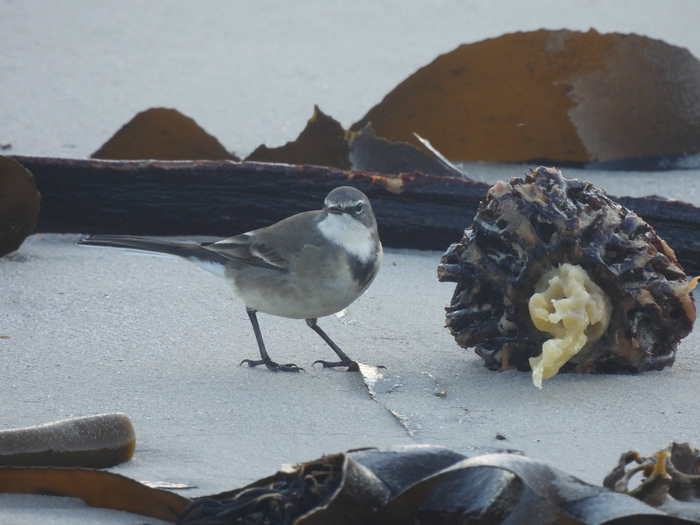
Nikon P950 Settings for birding
Unfortunately for the Nikon P900 and still with the Nikon P950, you need to dig into the menu structure to get the ideal settings. As most of the birds I photograph are stationary, I prefer to use the A aperture setting. At high zoom levels, it does not add much depth of field as the lens is at an aperture of 6.5 at max zoom. The zoom should, however, provide you with some depth of field if you compose correctly. At lower zoom levels, you can get an aperture of 2.8. You can set up the side dial to aperture.
If you are just getting started and prefer the auto modes (nothing wrong with that I still use this to quickly catch the bird before it gets away before setting to A), I would suggest you instead use the P setting than the Green Camera Auto. The P will provide you with the flexibility to change the below settings and the aperture if required.
Brown Scrub Robin iso 800 1100mm (196) f6.5 1/200
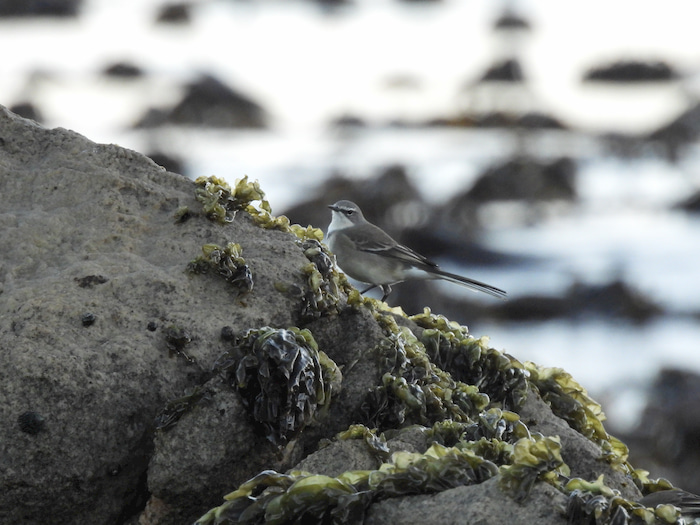
On my P950 the autofocus I mostly set to manual spot. The focus settings can be found in the Fn menu. I prefer to select my subject (preferably the eye) and half-press to save the focus area, then choose my composition and take the photo. The camera does offer subject tracking for those more active birds.
Metering becomes very important in birding as you take the photos into the light at an upward angle very often. This is also unfortunately hidden in the Fn menu. By selecting centre-weighted metering, you can isolate the light metering around the bird as your subject. In nasty light situations, I will even change to spot metering and let the entire background white out.
The ISO setting also found in the function menu at its default an auto range of 100 to 1600 works well in normal light conditions.
Landscape iso 100 50mm (9) f3.5 1/640
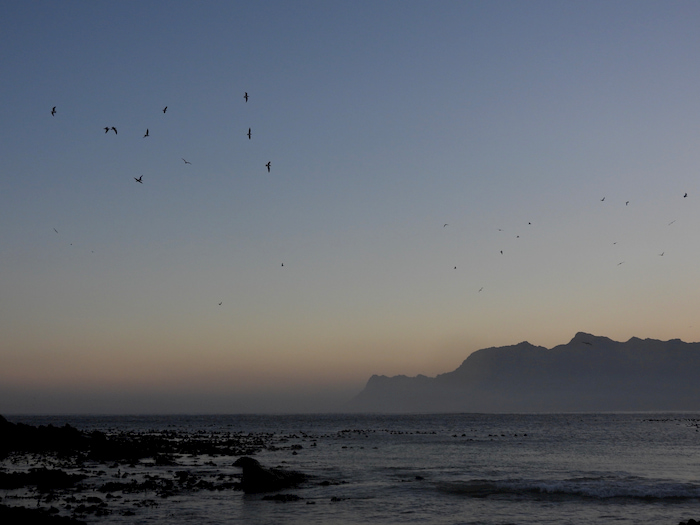
Nikon P950 improvement compared to Nikon P900
Probably the most welcome addition to the new camera is the ability to handle RAW files, something that was sorely missed in the Nikon P900. The Nikon P950 now sports an accessory shoe that provides you with the option to use an external flash or other optional extras. With a camera that can zoom to this extent, it is critical to use the viewfinder to get stability for those distant shots. The Nikon P950 offers a much improved 2.36 million dot viewfinder. If you like to use the P950 for video, it now provides 4K, and the camera includes a microphone jack sorely missed in the P900.
The camera is slightly larger than the P900 due to the larger viewfinder and a slightly increased body size. The Nikon P950 camera body feels more natural in larger male hands. The body build has a marginally more sturdy feel, and overall finishes are slightly improved. All of these improvements have taken its toll on the battery life, and the P950 has a slightly shorter battery life at 290 pictures. The battery did run out during my photography session. A somewhat better battery indicator would have prevented this.
Cape Cormorant iso 180 955mm (170) f8 1/500
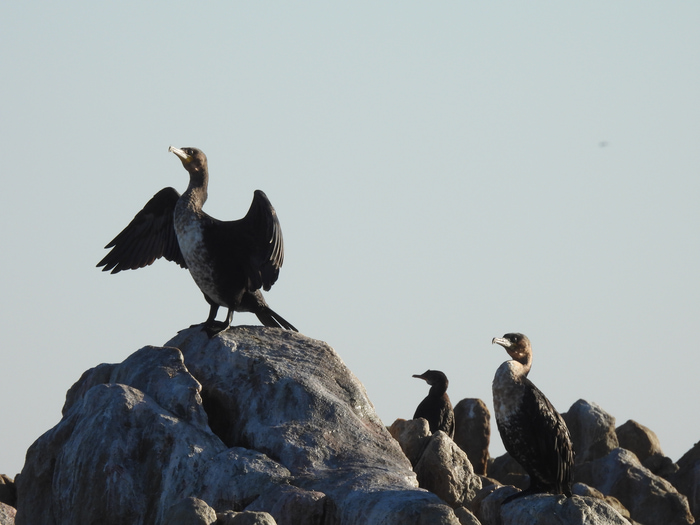
Nikon P950 compared to Sony RX10
I had the opportunity to review the Nikon P950 at the same time as the Sony RX10IV. You can find the Sony RX10IV review here. Although not a very fair comparison, as the Sony RX10IV is more than double the price of the Nikon P950, I wanted to see the comparative performance.
The Sony has a larger sensor and as such, should perform better in low light. Although the Sony’s autofocus performed better to track birds in flight, it struggled to find focus in the dense shrub. The Sony RX10IV seems to keep focussing on the same object, whereas the Nikon changes the focus topic if you repress the shutter release halfway.
Brown Scrub Robin iso 110 1200mm (214) f6.3 1/500
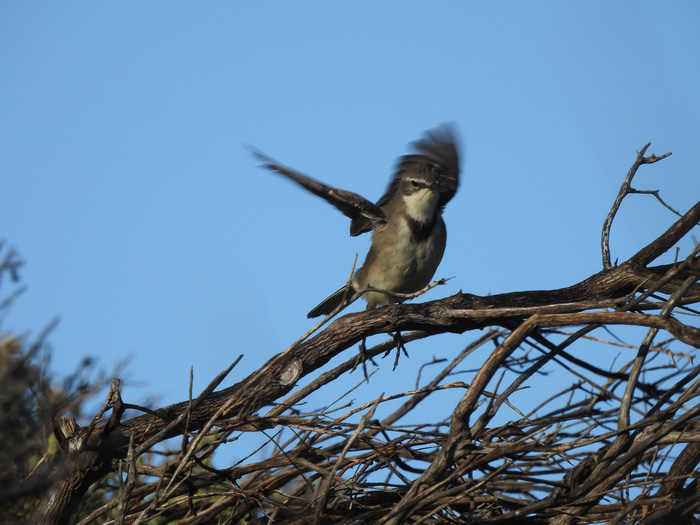
The Nikon P950’s extra zoom provided the ability to auto-focus on distant subjects better. As the subject is zoomed in the camera, finding the subject is easier, especially in low light. You have the extra pixels in the Sony RX10IV to zoom in post-production to get you closer than the 600 zoom it provides.
The Sony RX10IV is aimed at the intermediate to advanced user. Beginners may struggle with some of the settings.
Who is the Nikon P950 camera for?
Is the Nikon P950 camera for you? I believe this camera spans a large user base. For keen birders who are not necessarily professional bird photographers, this camera is ideal. If you like to take one camera on a hike with fantastic capability this may be for you, but, it is still quite a big camera, you need to be kind of serious about taking photos. If you are not that keen on post-production but taking the photo close-ups in the field, this one is for you. For researchers and other scientists who need to get right up close, this is great.
Some professional photographers may find the Nikon P950 camera suitable on their hikes when not carrying loads of gear, especially when birding or taking wildlife photos. To replace this camera with lenses, you will need a car trunk to transport them. The fantastic zoom is made possible by the small sensor, and the crop factor. The images when zoomed in and under low light may be soft. If you are a pixel peeper, this camera is not for you. For publishing photos on the internet, the Nikon P950 should be ideal.
Main image: Nikon P950 - African Penguin iso 400 220mm (39) f6.3 1/50
